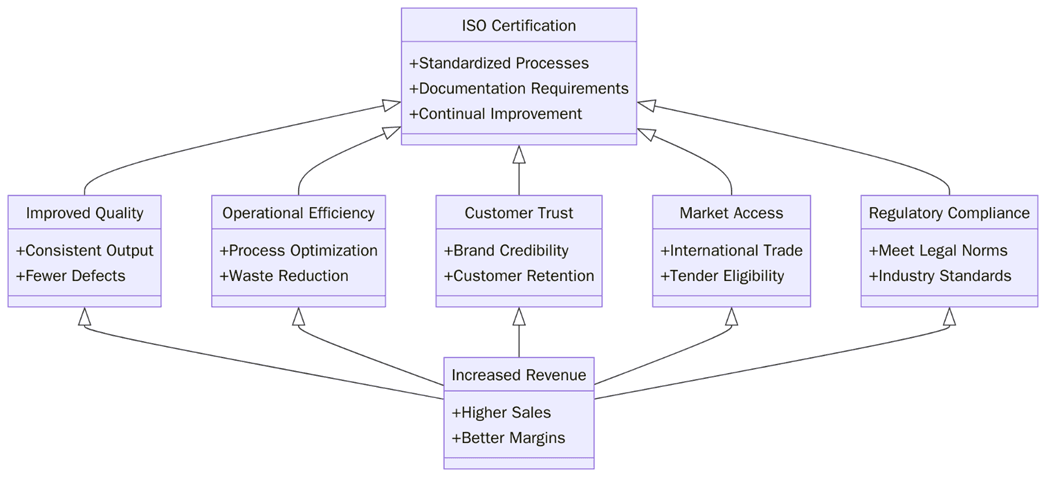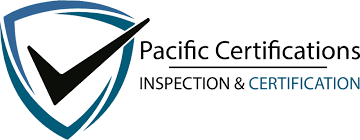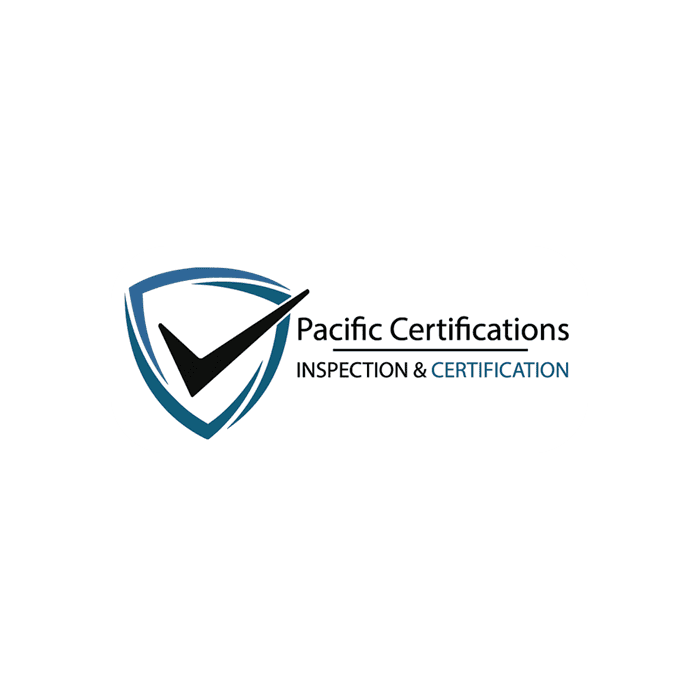ISO Certification in the USA: Regulations, Demand and Market Insights

In the United States, ISO certification has become a requirement for organizations that want to improve accountability, improve processes, and raise visibility in the market internationally. Although ISO standards around the world are one in the same, their implementation and relevance in the U.S. climate is unique due to regulatory history and business priorities. ISO certification exhibits compliance with internationally recognized standards and allows organizations, both domestic and multinational, to leverage that trust with their clients, regulators, and others.
For more information, contact us at [email protected].
Introduction
ISO certification in the U.S. has evolved from merely being a quality label, to a strategic tool for organizations working toward operational excellence, regulatory compliance and global competitiveness. ISO provides organizations a graphical, structured framework to help organizations manage processes, reduce risk and build stakeholder confidence. U.S. organizations not only will standardize process by implementing ISO standards, but they will also create measurable systems for continual improvement whether that be quality management, sustainability practices, occupational safety or information security. Additionally, adopting ISO standards can benefit an organization's reputation to customers, business partners and regulatory bodies, which expands opportunity to operate domestically and internationally, while expressing a commitment to best practices recognized worldwide.
Understanding ISO Regulations in the USA
ISO standards are global and voluntary, but regulations, contracts or federal and state laws can typically pull the ISO standards in manufacturer's practices. In certain industries/regions manufacturers must comply with ISO standards as part of their commitment to products in aerospace, healthcare and defence. Accreditation bodies also provide the necessary assurance that ISO certification will be credible, reliable and recognized globally. The ISO official site gives detailed information about support, standard selection and certification process.
Market Demand for ISO Certification in the United States
The need for ISO certification in the U.S. continues to climb as organizations try to distinguish themselves in highly competitive markets. Businesses from across all sectors like manufacturing, healthcare, IT, logistics, etc., are using ISO 9001, ISO 14001, ISO 45001, ISO 27001 and other standards as a tool for their brands that can ensure consistent operations that allow them to strengthen their reputation, build customer confidence and become eligible for contracts that require certified management systems. Small- and medium-sized enterprises are starting to take on ISO standards more frequently to standardize their processes and show reliability to potential customers.
What are the Key Factors Influencing ISO Adoption?
There are a number of factors that influence how organizations in the U.S. think about ISO certification. Factors include: the size of the organization, organization sector, resources available and relationship to regulations or customer expectations. Larger organizations might pursue multiple certifications, as it is easier to integrate management systems and most often developing a radical change in culture. Smaller organizations will focus on the sources of relevant certifications. The level of accreditation bodies available, the number of experienced auditors, and the state of readiness of the organizations themselves, all contribute to the timeline and the manner in which organizations adopt.
For more information, contact us at [email protected].
What is the Implementation Process for U.S. Organizations?
ISO standards implementation is a systematic process. In most cases, organizations start by performing a gap analysis to identify areas in which their processes do not meet the requirements of the selected ISO standard. The policies, procedures, and management systems will then be revised or created to align with the selected standard. Non-conformities will be identified and fixed with internal audits and management reviews, and ensuring employees are trained will create an awareness of their roles and responsibilities. When everything is in order, accredited certification bodies will perform an external audit to confirm the organization is compliant, and they will address non-conformities to obtain certification.
What are Benefits of ISO Certification in the USA?
ISO certification offers many advantages for U.S. organizations. Below is a brief summary of what organizations gain:

- Certification assists organizations in standardizing processes and ensuring consistent outcomes.
- Following international standards establishes credibility, depending on which standards, at minimum creates a trust quality in client relationships.
- Clearly articulated processes and procedures creates a road map to reduced waste and improved productivity.
- ISO certification is often used in award of contract decisions and international market entry.
- Standards provides roadmaps for identifying, valuing and mitigating operational, environmental and security risks.
- More clearly defined roles, responsibilities and process ownership improves employee awareness and accountability.
How to Prepare for ISO Certification in the USA?
Proper preparation is a critical factor in achieving ISO certification successfully and smoothly. Some of the basics steps to follow for achieving ISO certifications are:
- Organizations should start with a complete review of all existing management system, processes and documentation to understand how existing practices align with the ISO requirements and may need to be improved or updated. A detailed gap analysis can help in this process.
- It is critical that organizations identify roles and responsibilities throughout in order to ensure that every employee understands their part in demonstrating compliance and fulfilling the standard's requirements.
- A pre-training is also a huge part of preparation since personnel must know what is expected of them according to the ISO standard, as well as the organization's processes.
- Organizations must react to any gaps that are identified and provide documentation as to the processes, policies, and compliance measures.
- The internal audit preparation assists with the simulation of the external audit and allows the organization to identify issues that will be non-conformities, so they can proactively address them, and build their confidence in being ready.
- In addition, organizations should create a timeline regarding certification, coordinate resources, and contact an accredited certification body to ensure the external audit is properly planned.
By focusing on a continual improvement culture, recording corrective actions, and regularly reviewing processes, organizations can achieve ISO certification and work to maintain it. Preparation ultimately reduces audit stress, improves operational consistency and positions organizations to fully leverage the benefits of ISO certification in domestic and global markets.
Contact Us
Pacific Certifications offers accredited ISO certification services in the United States and can guide your organization through every step of the certification process. Our team helps with audit preparation, documentation alignment, and ensuring ongoing compliance. Reach out to us at [email protected] or visit www.pacificcert.com to learn more.
Ready to get ISO certified?
Contact Pacific Certifications to begin your certification journey today!
Suggested Certifications –
Read more: Pacific Blogs

